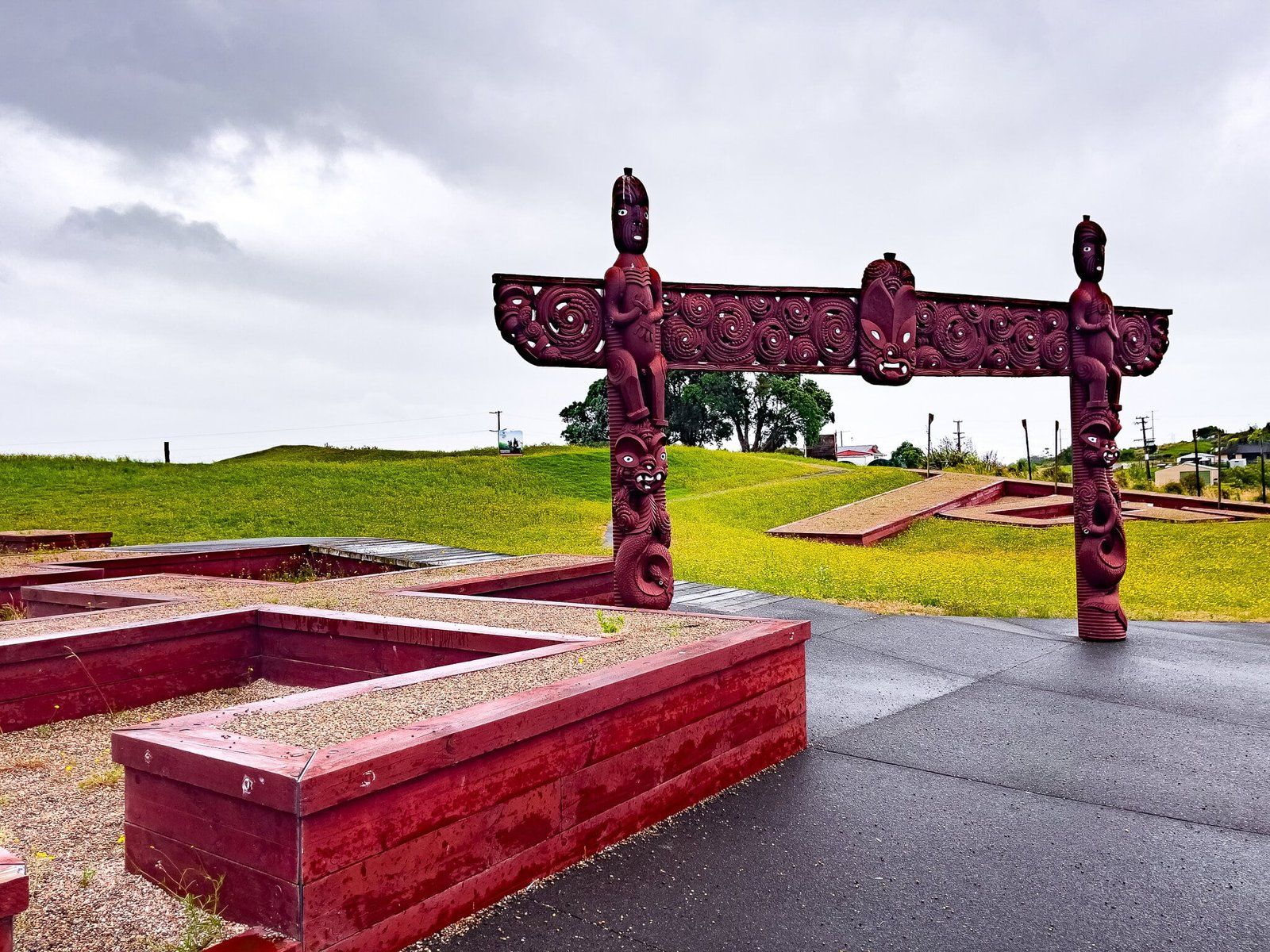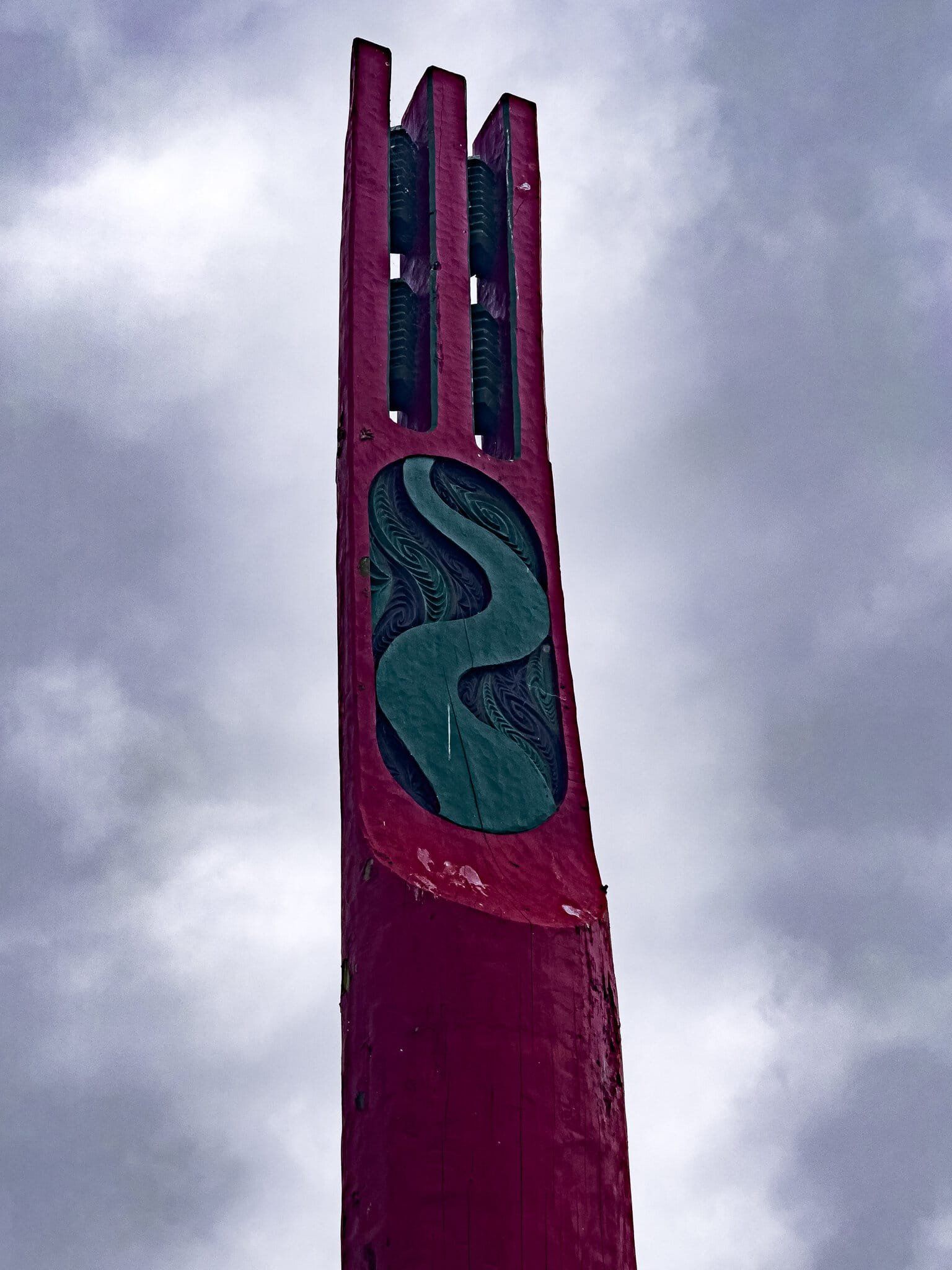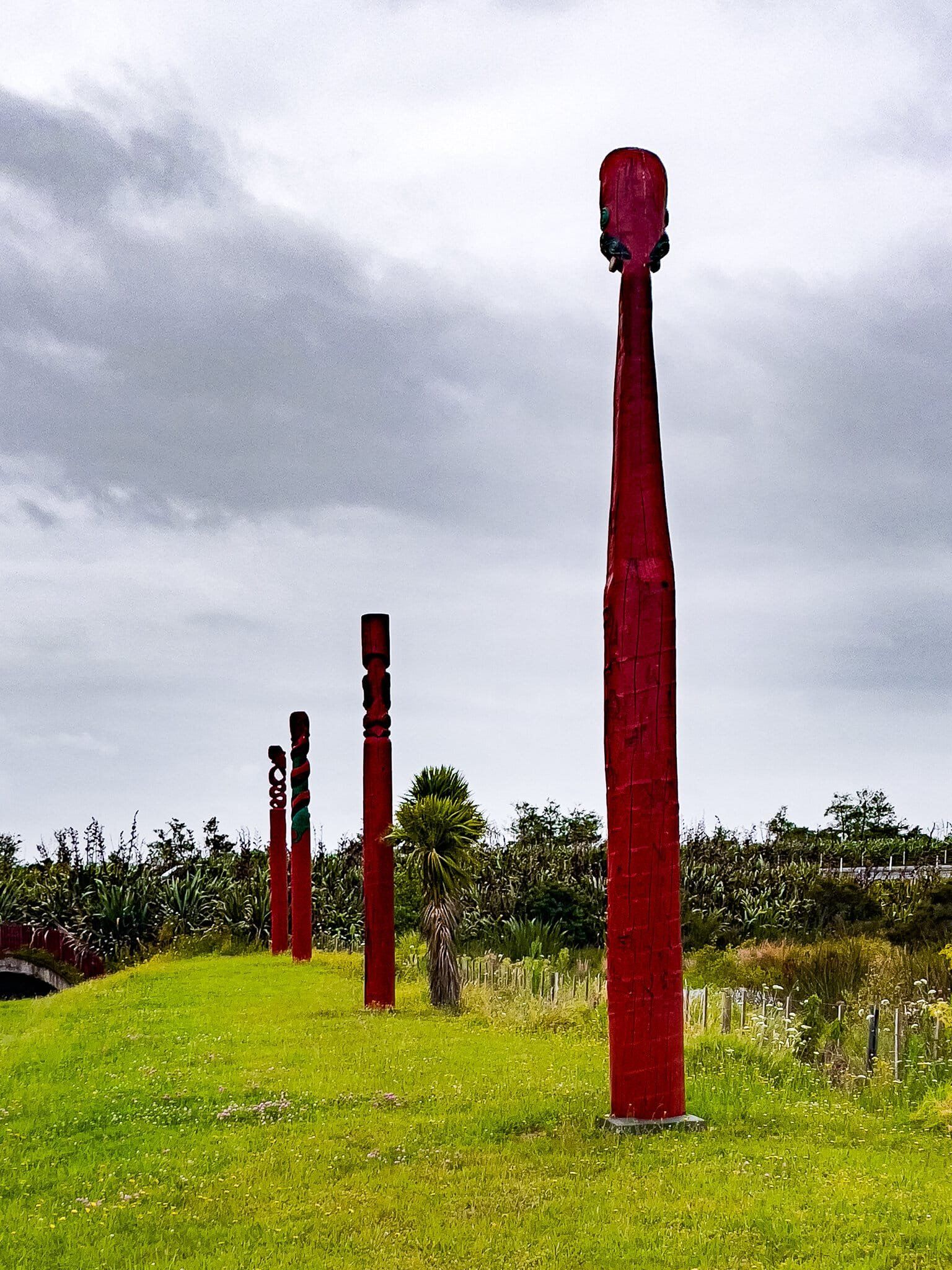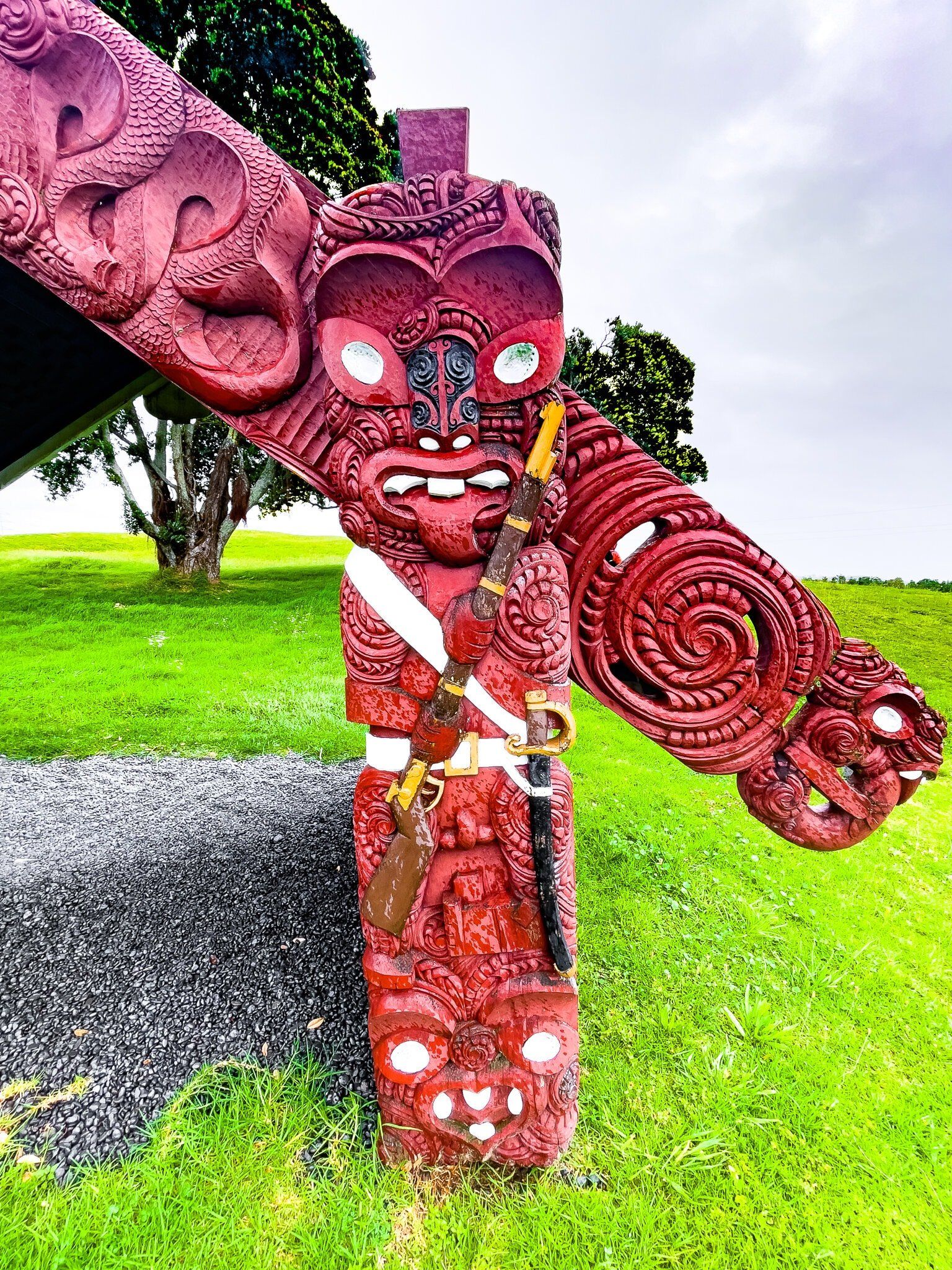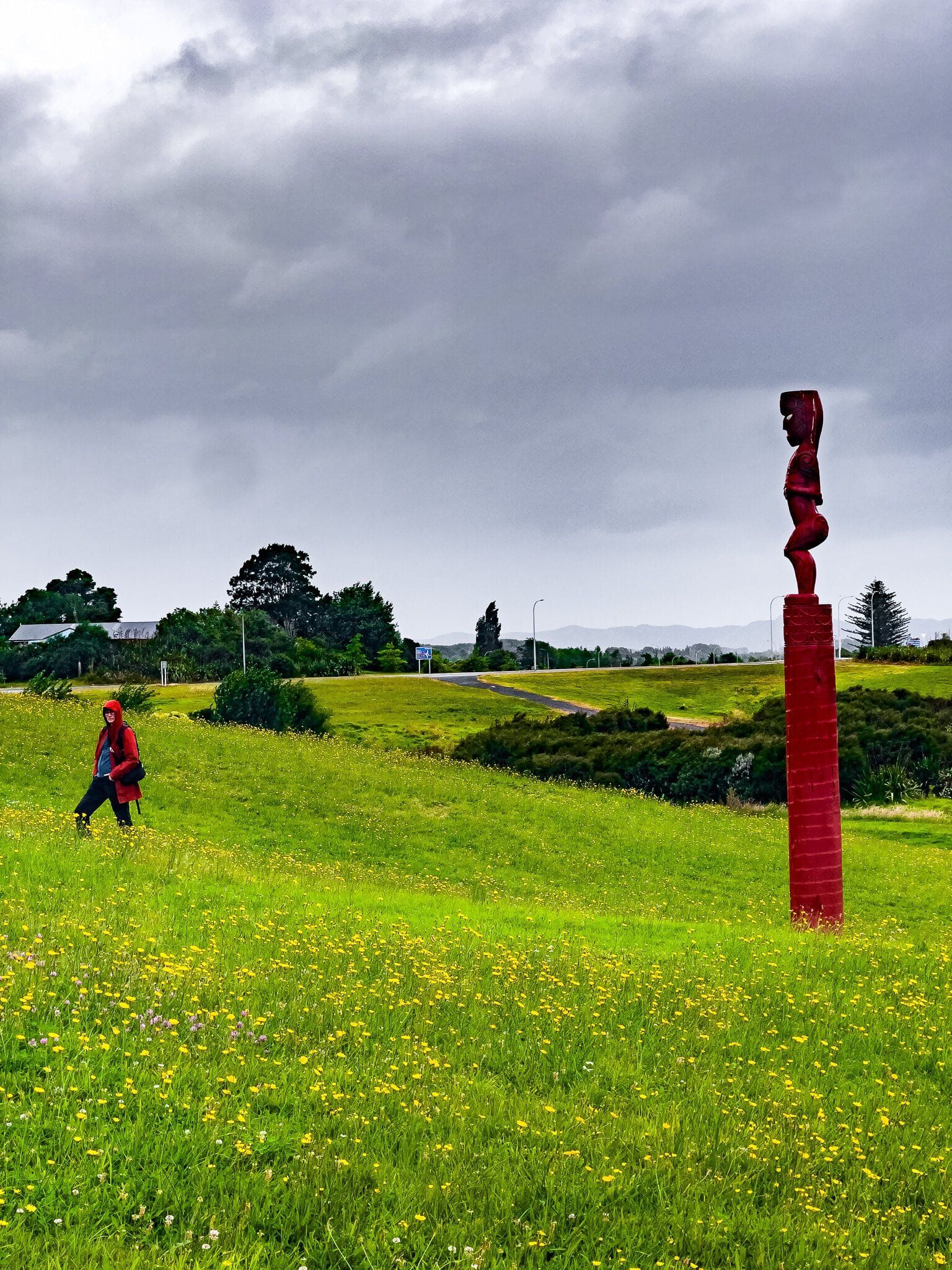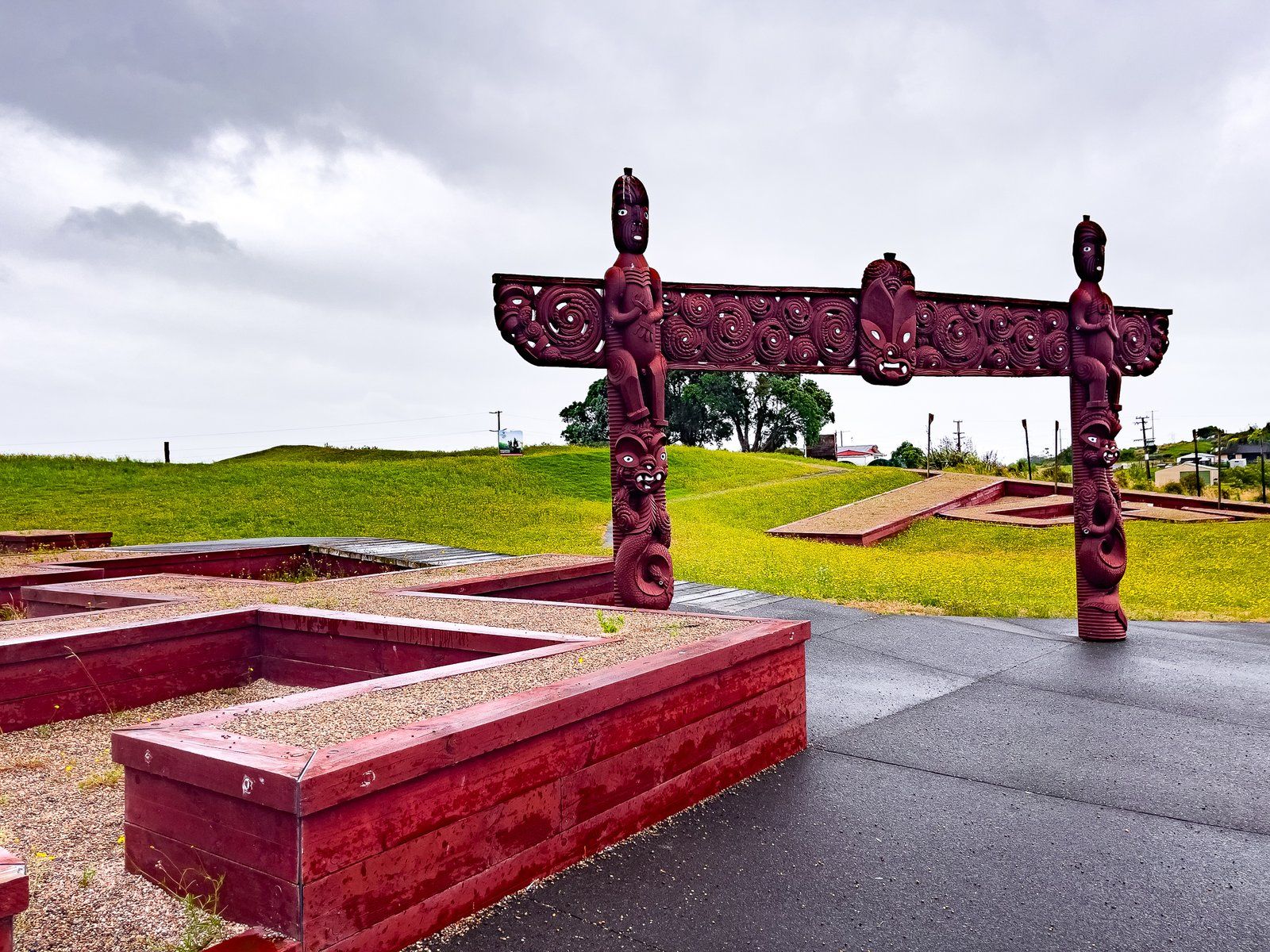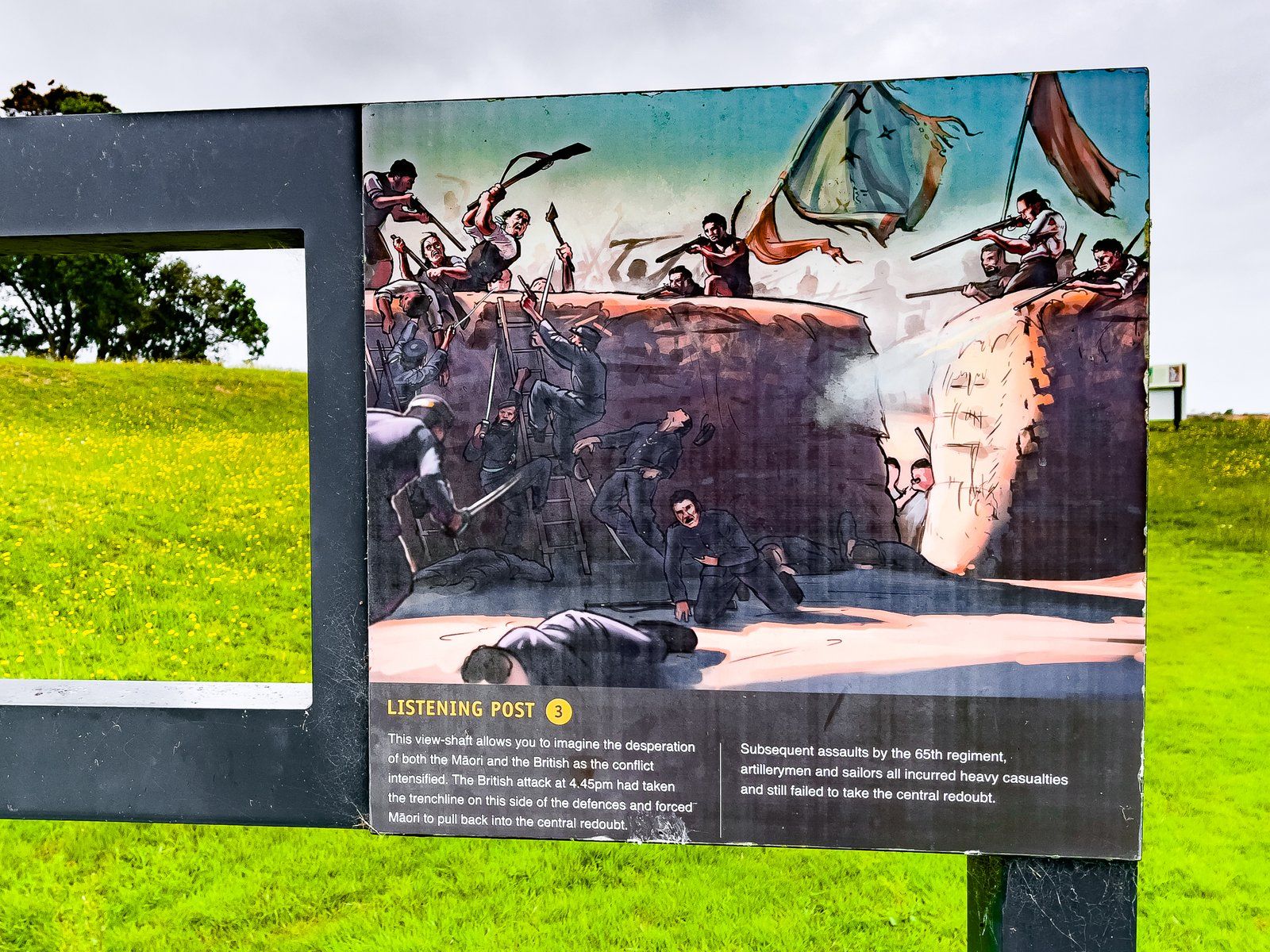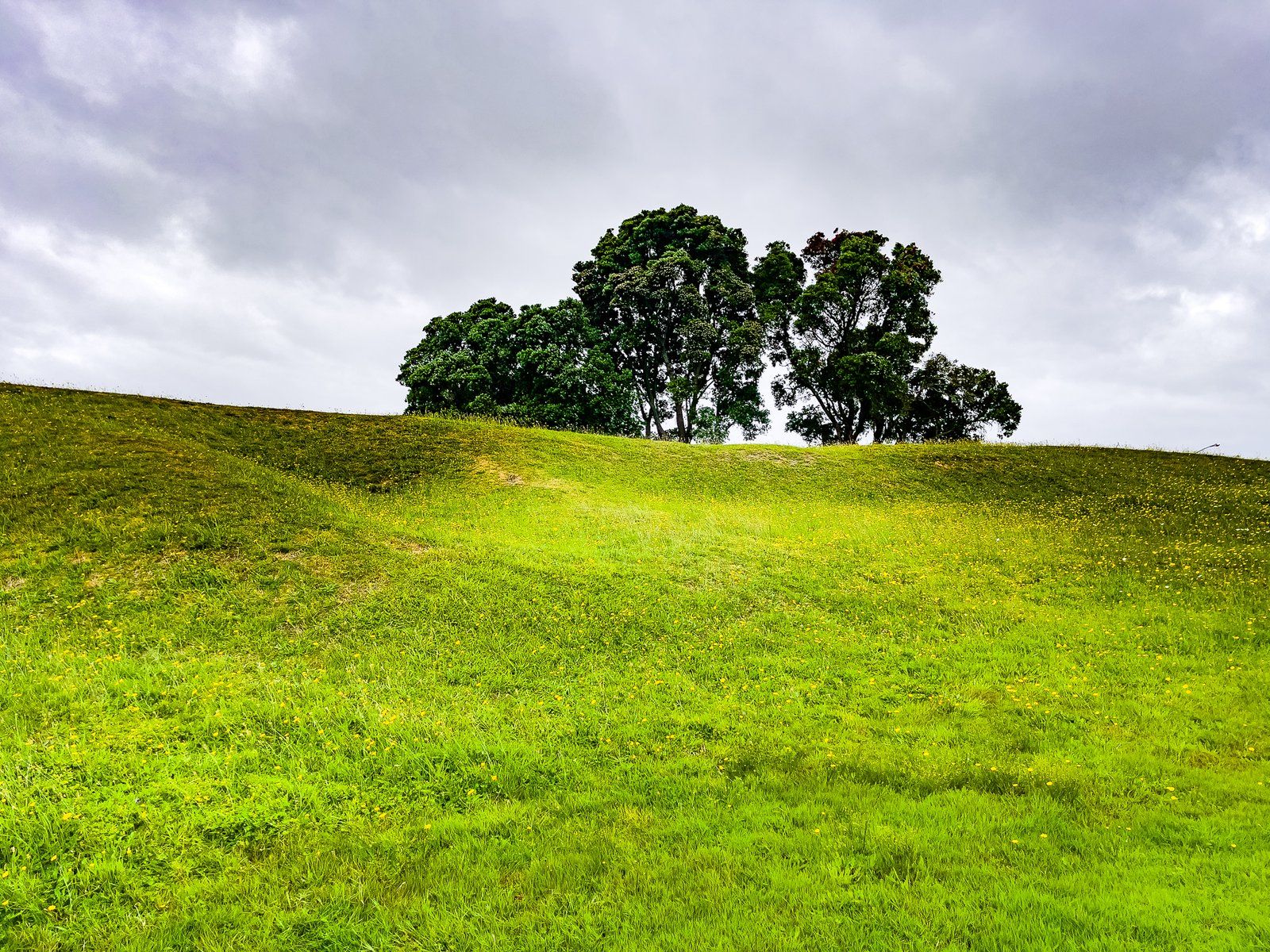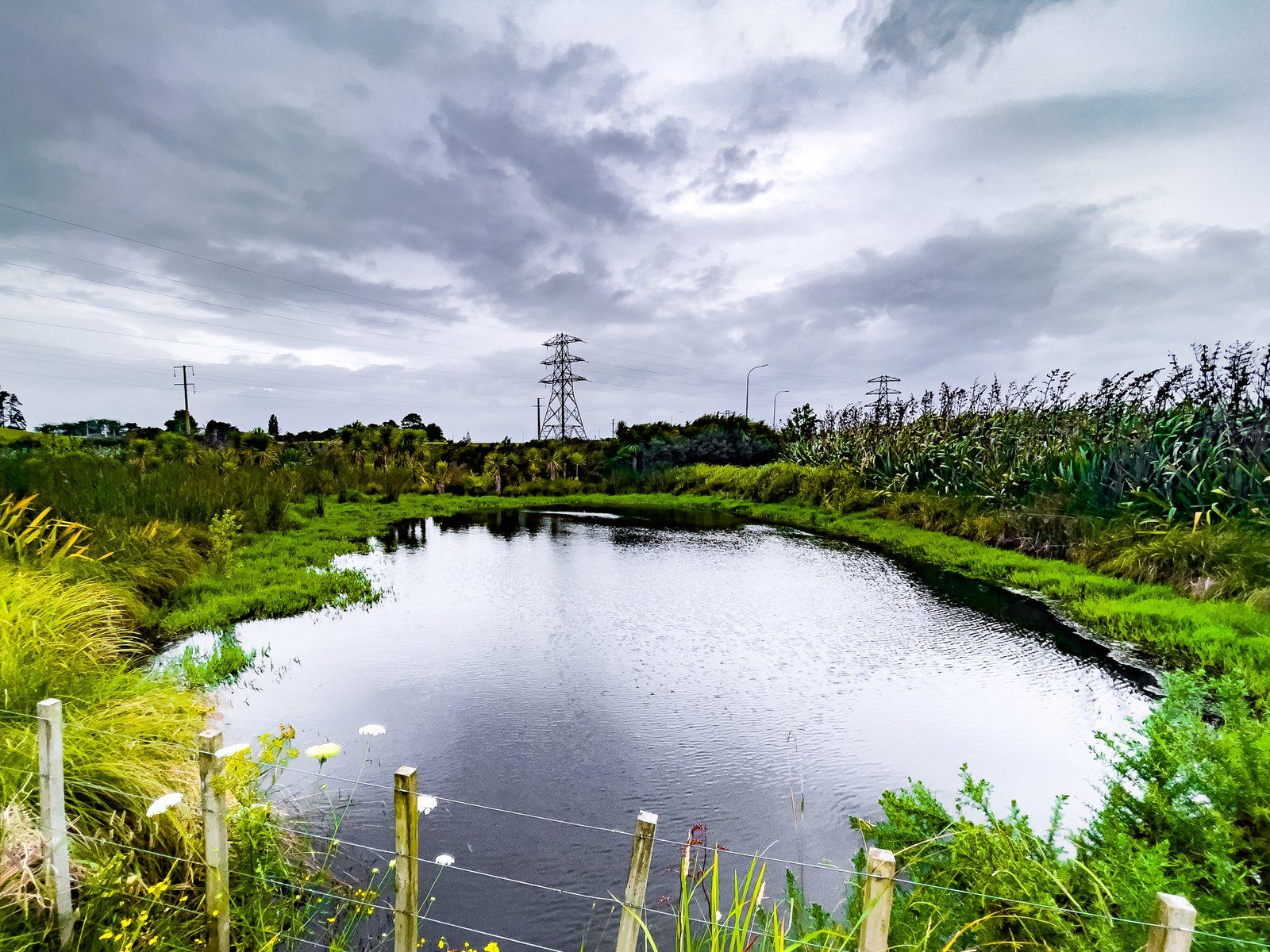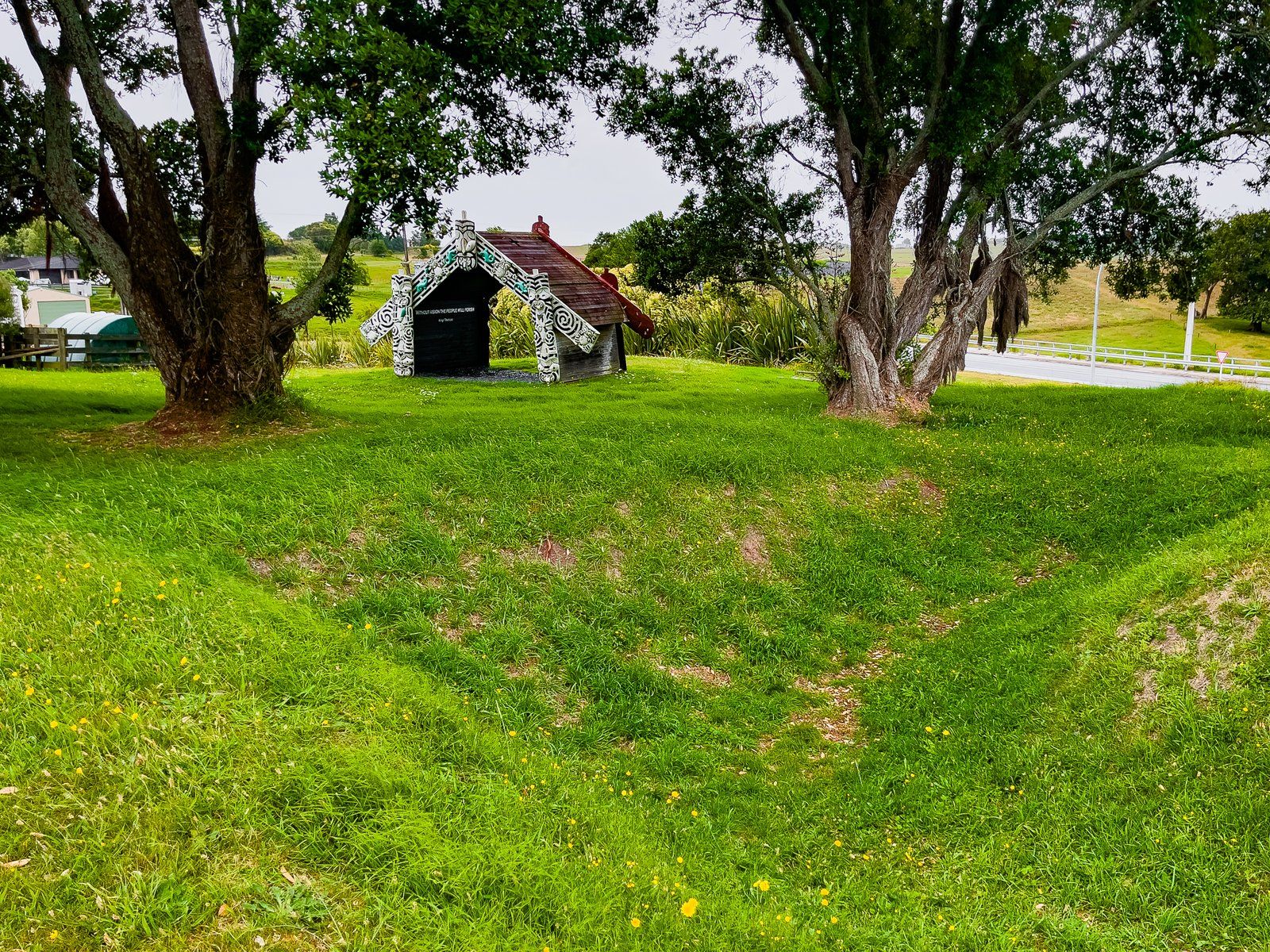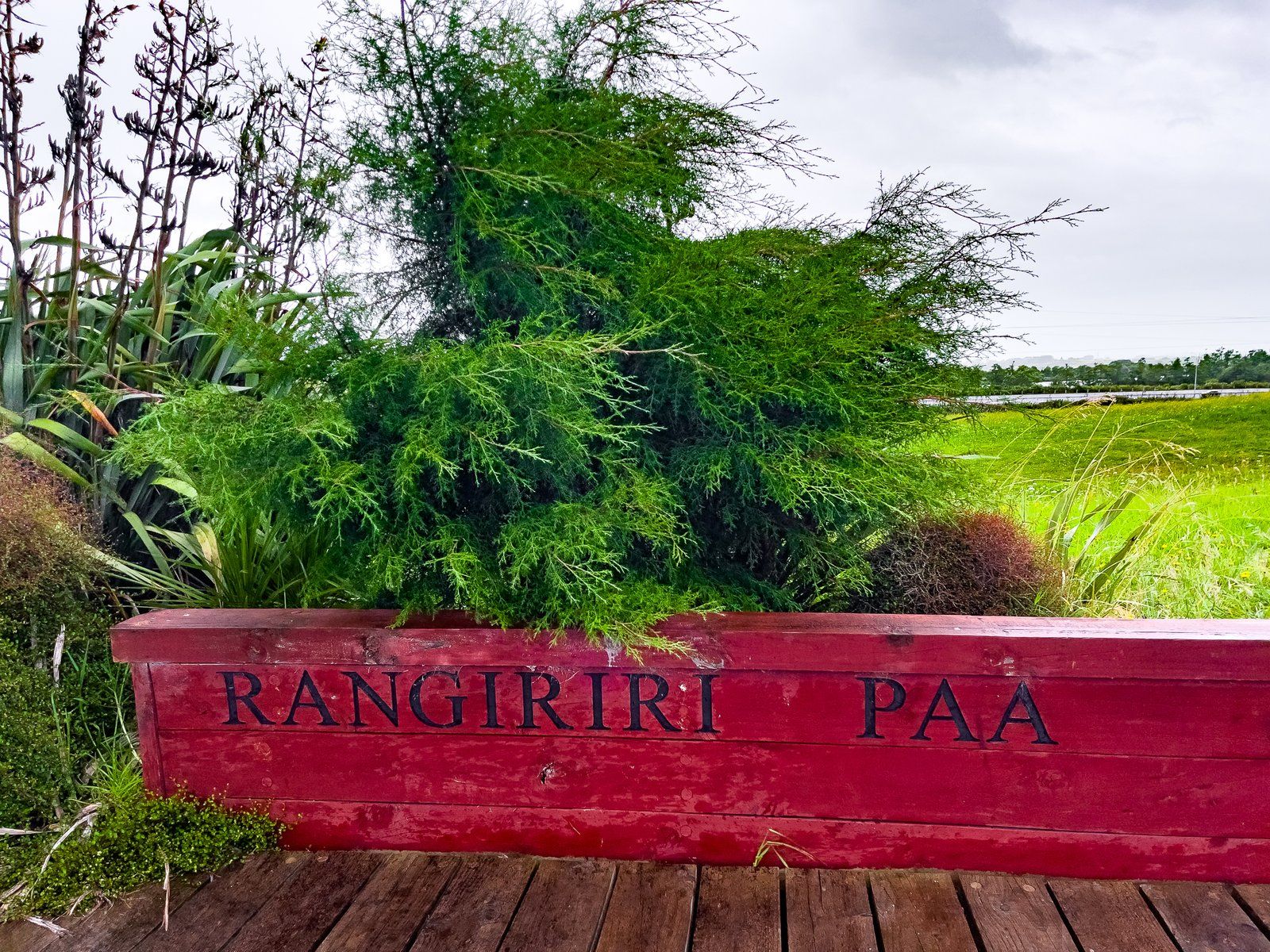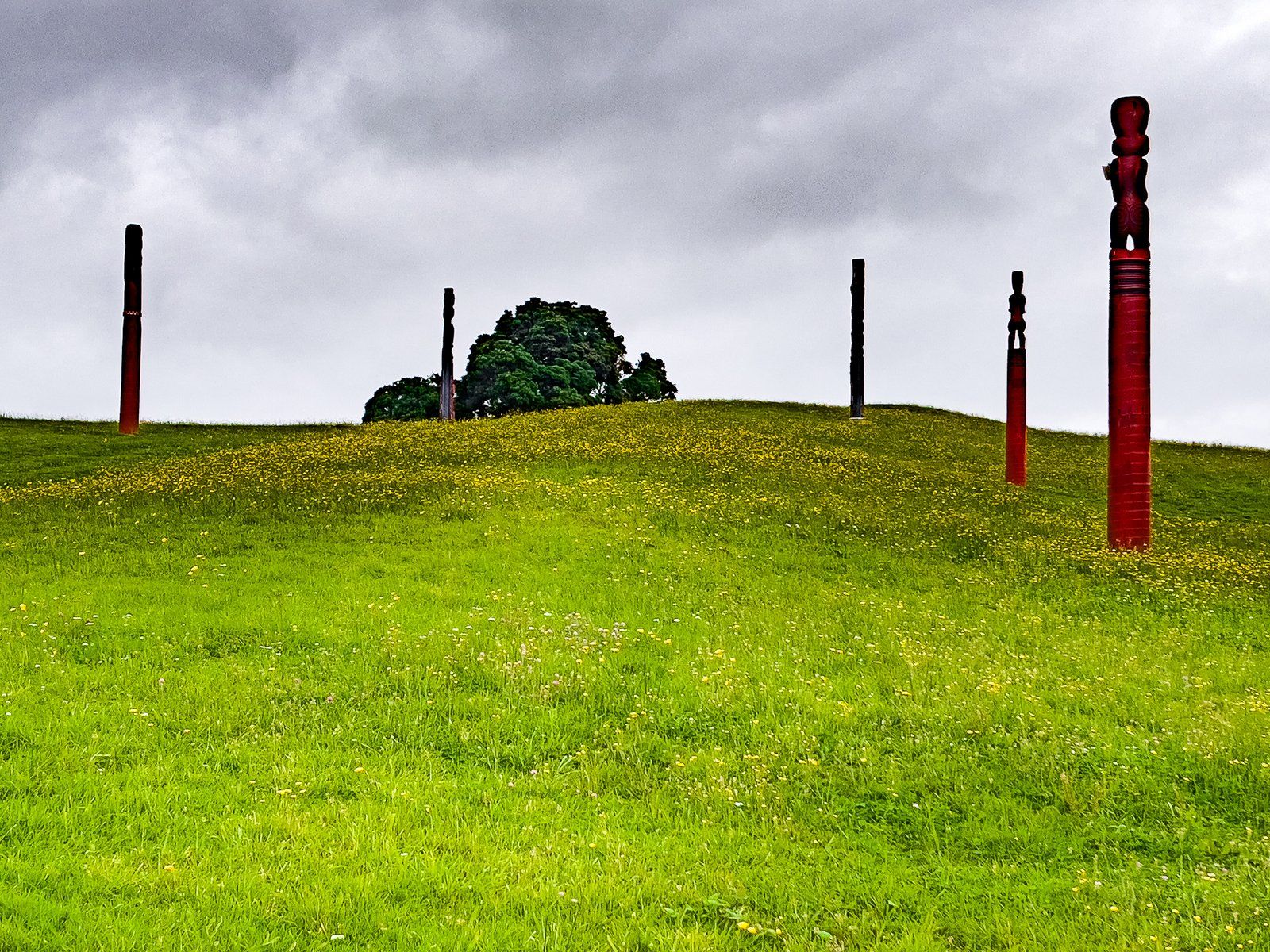Discover the Battle of Rangiriri Pā
Rangiriri Pā, located in the northern Waikato region, was the site of a pivotal battle in November 1863 during the New Zealand Wars. This historic location is significant for its role in the conflict between the Kīngitanga forces and the government troops. The battle at Rangiriri was crucial for control of the northern Waikato, south of Auckland.
The Battle of Rangiriri
The Kīngitanga forces constructed a defensive line along a ridge between the Waikato River and Lake Waikare. Featuring a central redoubt with high sides, the defensive position was state-of-the-art for its time. However, this pā was undermanned when the government forces attacked, as the planting season had reduced the available manpower. Only several hundred fighters were available for the defence. On 20 November 1863, the government assembled a force of 1,500 men, equipped with artillery and supported by gunboats on the adjacent river.
Despite their numerical and technological advantage, the government forces failed in their initial assaults on the redoubt. Overnight, many Māori, including King Tāwhiao and the mortally wounded Pene Te Wharepu, the redoubt's architect, evacuated across Lake Waikare. The following morning, the remaining Kīngitanga forces surrendered. However, there is some dispute over these events: the defenders claim they waved a white flag to offer a parley, while the government forces claim they had surrendered. Regardless, the battle came to an end.
Casualties and Aftermath
The battle resulted in high casualties. Forty-five government soldiers were killed, and 85 were wounded. Approximately 35 Kīngitanga Māori were killed, with an unknown number wounded. The 183 Māori captured at Rangiriri were held on Kawau Island in Auckland’s Hauraki Gulf but managed to escape in September 1864. Māori from the Mahurangi region of Auckland provided aid, and the escapees held a defensive position with views over Ōmaha and Matakana until the embarrassed government agreed to let them return home to the Waikato.
Visiting Rangiriri Pā Today
For many years, the site of Rangiriri Pā was largely overlooked. Today, however, it is prominently marked along the Waikato Expressway. The site has been returned to Tainui iwi and is distinguished by two lines of pou, or engraved posts of significance.
As you approach the Rangiriri offramp, look to the east to see the battlefield. You can drive to the top of Rangiriri Pā and walk down over the remnants of the redoubt and trenches, where several explanatory panels provide historical context.
This visit is highly recommended for those wishing to connect with New Zealand's past and gain a deeper understanding of its history.
How to Get There
To visit Rangiriri Pā, take the Waikato Expressway from Auckland to the north or Hamilton to the south, and exit at the Rangiriri offramp. From Downtown Auckland, the drive is 73 km and takes 1 hour. From Hamilton, the drive is 49 km and takes 32 minutes.
Other locations in the Waiakto where you can visit historic military sites include Alexandra Redoubt, Mercer, Whangamarino Redoubt and the Ōrākau memorial.
